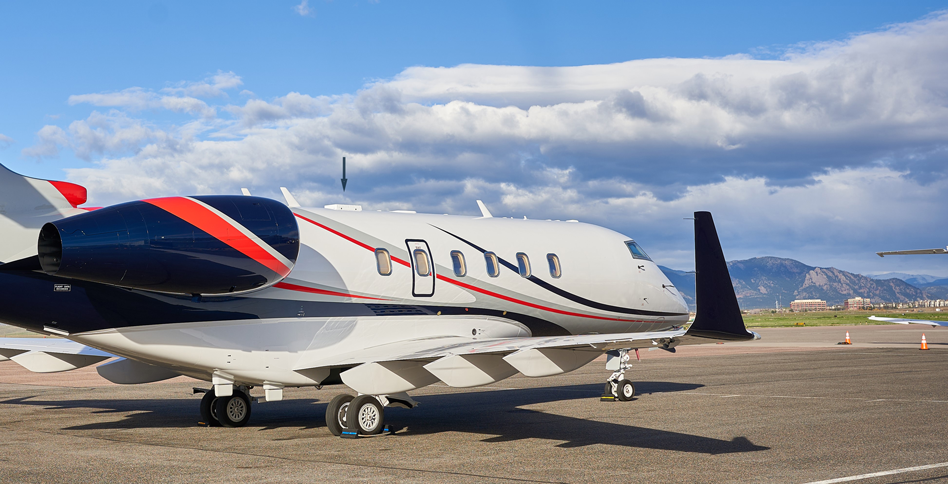
Gogo Business Aviation (NASDAQ: GOGO), in collaboration with Duncan Aviation, has finished the first installation of Gogo Galileo HDX on a Bombardier Challenger 300 and has begun flight testing in preparation for the commercial launch of its Low-Earth-Orbit (LEO) global broadband solution later this year.
The installation involved adding a fuselage-mounted antenna, running power to it, and connecting a data line from the HDX back to the existing AVANCE L5 line replaceable unit. “Our expert team completed the installation, and then alongside Gogo’s engineers, immediately started testing the system on the ground with eight devices connected and streaming at the same time,” said Duncan Aviation Houston Satellite Manager Mark Winter.
Gogo will now proceed to the next phase of testing, which includes electromagnetic interference (EMI) ground testing, vibe and buffeting testing, and an extensive flight-testing campaign. “Reaching this milestone puts Gogo Galileo HDX on track to launch in the fourth quarter, on time and on budget,” said Sergio Aguirre, president and chief operating officer of Gogo.
As reported in the company’s second quarter earnings, Gogo Galileo HDX has eight STC programs committed, covering 5,318 aircraft, with another 21 STC agreements in the process for an additional 12,267 aircraft. The HDX antenna is compact, suitable for any size business aircraft, with mean speeds of 57 Mbps and peak speeds up to 60 Mbps. A larger Gogo Galileo FDX antenna is expected to follow in the first half of 2025, capable of achieving mean speeds of 189 Mbps and peak speeds up to 195 Mbps.
Gogo is a Broomfield-based provider of broadband connectivity services for the business aviation market, offering customizable smart cabin systems for connectivity, inflight entertainment and voice solutions. Gogo’s products serve thousands of business aircraft across various sizes and mission types.